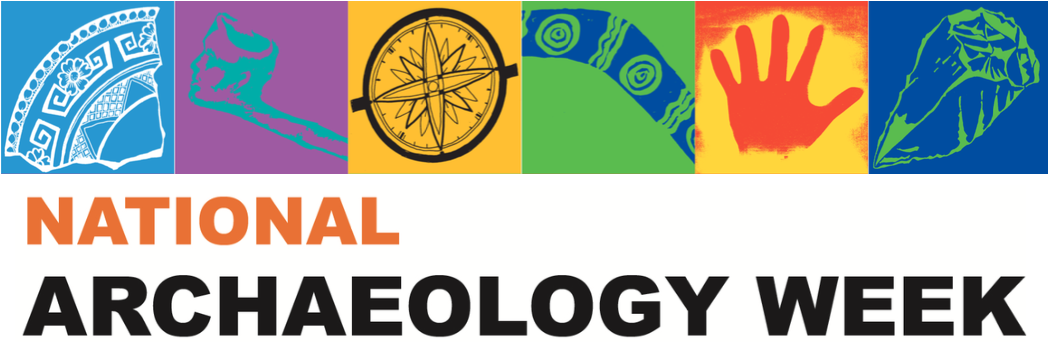A National Archaeology Week special in the regular University of Melbourne Ancient World Seminar series. This National Archaeology Week, the University of Melbourne will be presenting the work of our archaeology postgraduates, showing the depth and innovation of our researchers at a time when opportunities for field work are severely limited.
Presentations:
Chloe Stringer. ‘Investigating river resource-use and changing environments on the Murray River'. Live. Sclerochronology, the study of growth patterns and associated geochemistry in the accretionary hard tissues of biological organisms, such as mollusc shell, is a technique which can provide high resolution information about past environments. Its application to archaeological shell material allows for an analysis of the connection between past humans, their climatic conditions, and their use of resources. In this presentation, Chloe Stringer will provide a brief overview of her PhD research project which applies the technique of sclerochronology to shell remains excavated from Ngintait and First Peoples of the Millewa Mallee Country, in the Central Murray Basin, to investigate past river-resource use and environmental change. She will also discuss recent field work undertaken as part of a modern calibration study.
Laura Pisanu. ‘The Bronze and Early Iron Age settlement dynamics in south Montiferru and northern Campidano Valley regions (Sardinia, Italy)’. Live. Since the 1600 BC Nuragic groups seemed to have inhabited the south Montiferru and north Campidano regions (western Sardinia). During this time, they built stone towers, colossal tombs, and settlements. The construction of a large number of Nuragic monuments at the research area, as well as the complex architectural features of them, led earlier scholarship to suppose that Nuragic groups were hierarchically organised between the 1600 to the 900 BC. In order to better extent the economic and social aspects of Bronze and Early Iron Age communities in Western Sardinia, my research project aims at investigating reasons behind choices of Nuragic buildings’ locating and how they changed between the 16th and the 10th century BC. Therefore, I present preliminary data from topographic surveys which is a continuing part of my PhD research. The fieldwork activities involved 46 Nuragic sites, and the results of artefacts and monuments analysis may highlight the role of Nuragic control over resources, interactions with fortified sites, and overseas connections.
Emily Tour. ‘‘Let's talk about clay, baby’: An investigation into the origins of Linear B's administrative devices’. Live.
Tom Keep. ‘Recent Heritage 3D Modelling and Photogrammetry Projects: The University of Melbourne, The Hellenic Museum, and the Mernda VR Project’. Recording.
Lily Nash. ‘Connecting the Dots on the Budj Bim Cultural Landscape’. Recording.
When: 1-2pm AEST, Monday 16 May 2022
Where: Please note this is a hybrid event to be held in person and online (via Zoom). The in-person venue is Babel G03 Lower Theatre, The University of Melbourne, Melbourne campus.
For more information and the Zoom link: contact Andrew Turner, ajturner@unimelb.edu.au
